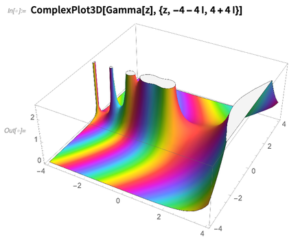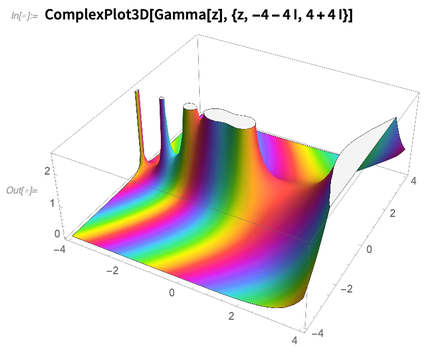 Today Wolfram Research released Version 12 of Mathematica for advanced data science and computational discovery.
Today Wolfram Research released Version 12 of Mathematica for advanced data science and computational discovery.
After three decades of continuous R&D and the introduction of Mathematica Version 1.0, Wolfram Research has released its most powerful software offering with Version 12 of Wolfram Language, the symbolic backbone of Mathematica. The latest version includes over a thousand new functions and features for multiparadigm data science, automated machine learning, and blockchain manipulation for modern software development and technical computing.
In this video, Stephen Wolfram gives a test drive of Version 12.
New features include:
- Simulated environments for machine learning—combing the power of system modeling with the symbolic manipulation capabilities of Wolfram Language for reinforcement learning applications
- Blockchain and computational contracts—read, write, and analyze blockchain transactions, generate and execute smart contracts with computational intelligence
- Expanded image processing and AI—enhanced object identification, analysis of facial features and entity recognition
- Connectivity with external languages, programs and environments—call one of the thousands of functions built into the Wolfram Language from Python, connect to relational and graph databases with automatic entity recognition, link to the Unity game engine
- Audio processing with neural networks—expanded computation with audio for speech recognition, speech-to-text and speech synthesis
- Expanded machine learning superfunctions—enhanced anomaly detection, analysis of probabilistic distributions with any kind of data, not just numerical
- Compilation of Wolfram Language to machine code—supporting complex functional constructs and elaborate control flows
- Nonlinear finite element analysis—expanded support for numerical differential equations with high-level approximation and computation
- Computational chemistry—manipulate molecular structures for a variety of applications including pharmaceutical drug discovery
- Euclidean geometry made computable—perform operations on geometric scenes and identify conjectures




